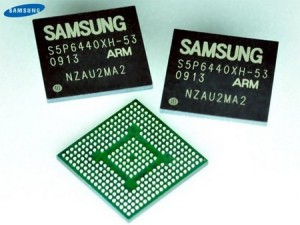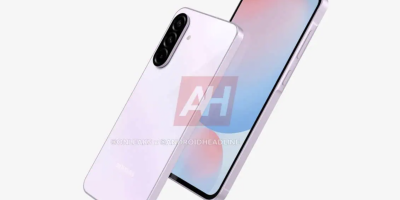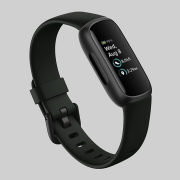When it was announced, the LG Optimus 2X became the world’s first official Dual-Core Android Phone and according to research firm Strategy Analytics, 15% of smartphones sold in 2011 will be Dual-Core or better. That’s right… or better. Did you forget that the high-tech heavyweights are always trying to stay ahead of the curve? Keep in mind NVIDIA is already working on Tegra 3 and Tegra 4.
 Right now the majority of mobile phone users aren’t even smartphone users, but that’s shifting. And as dumb phone and feature phone users are introduced to smartphones, smartphones are getting even smarter and even more powerful. Maybe only 15% of smartphones this year will be Dual-Core or better, but by 2015 we’ll see that number rise to 45% according to Strategy Analytics.
Right now the majority of mobile phone users aren’t even smartphone users, but that’s shifting. And as dumb phone and feature phone users are introduced to smartphones, smartphones are getting even smarter and even more powerful. Maybe only 15% of smartphones this year will be Dual-Core or better, but by 2015 we’ll see that number rise to 45% according to Strategy Analytics.
Who will lead the charge in terms of processor manufacturing? If their research is accurate it could be Samsung, but NVIDIA, Qualcomm, ST-Ericsson, Texas Instruments, Marvell, Renesas and Broadcom are identified as big players. Samsung could be their own biggest customer and walk away with a huge advantage in the processor space while NVIDIA and Qualcomm both seem well positioned to power a good percentage of the worldwide Android lineup.
Who do you think will be leading the processor war by 2015, my future-seeing friends?
[polldaddy poll=4419989]









Like this: http://bit.ly/ge3u6G ?
Honestly, I think that number is too low. Even if by 2015 smart phones become so cheap that they represent 90% of all phones sold globally, I think the price of basic dual-core chips will be low enough that 60% to 70% or so will have them. Right now, the Orange San Francisco uses a pretty basic processor and that’s one of cheapest pay as you go smart phones available on the UK market. Give it two years and I see phones priced at that level using good dual-core processors. I don’t think it’s outrageous to think that 60% of all smart phones will be using a dual-core processor in 4 years.
Intense competition(driven primarily by Android being standard on smart phones, forcing manufacturers to differentiate on hardware) as well as Moore’s law will have dual-core processors showing up in budget phones much quicker than most people think.
What are people doing on phones that require this much processing power? Aside from the occasional game, i just don’t see it. I’ve much prefer a smooth GUI and smooth app transitions and I don’t think that requires a dual core or better processor. My moto droid OC’d to 800mhz is pretty smooth most of the time. I’d rather have super battery life than these crazy new processors
@bvo26 Just because the processor is faster doesn’t mean it’s the reason for bad battery life. The real culprit is your screen. SLCD is not going to stay around IMO, the iPhone, and all the HTC phones loose heavily to AMOLED based phones in that regard.
Why would you not want more powerful processors? I know I do so my web pages can load faster, have better graphics for games ( well graphics cards do that the morw powerful processor the more powerful graphics card you can put in), run more apps at once and more cores = better battery life because the phone doesn’t have to work as hard to run apps say on a single core…..its like saying I do not want a 8x core computer ill stick with my duo?
@3 As 4 says, battery life issues are usually not down to the processor. In fact Qualcomm is claiming that their new dual-core processors draw 75% less power than their current single-core units. In my experience it is, as 4 says, usually down to the screen.
I’ve had a Nexus One and now use a Nexus S. In a typical battery cycle, the Nexus One showed that the screen was using 60% of total battery consumption. On the S it’s averaging about 30% and obviously the way in which I use my phone hasn’t changed.
@jonathan agreed that the display is the main power draw. I see it every time I check my battery usage.
@khalid It’s counter-intuitive to think that powering 2 cores instead of 1 is actually more efficient, but I guess the numbers don’t lie.
It’s Qualcomm obviously who will lead by 2015. As they mentioned in their press release integrated vendors could win eventually.
Here is a juicy bit for you Android fans;
Their blog says 45% of Android phones shipped with 1GHz processor or higher in 2010 ! http://tinyurl.com/4dcwm76
I think it will definitely be more than that
@Jonathan I’m pretty sure most newer HTC’s have AMOLED… my Legend does and it’s a year old
Nvidia FTW
FYI nvidia finished working on Tergra 3 and started to work on tegra 4
One player that is not on the poll is AMD. Yes I know they don’t make chips for phones now. But, you can’t seriously tell me that by 2015, they won’t be in that market.